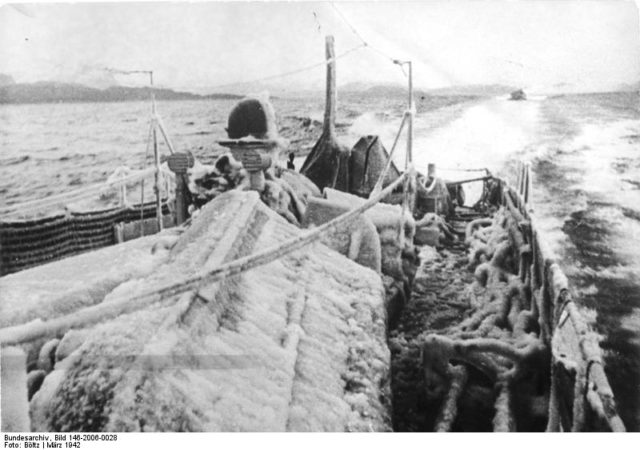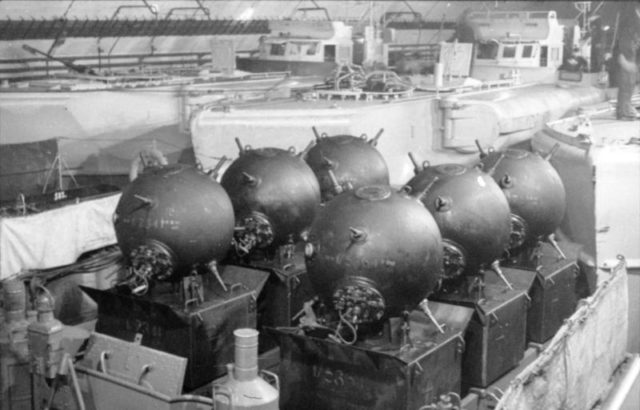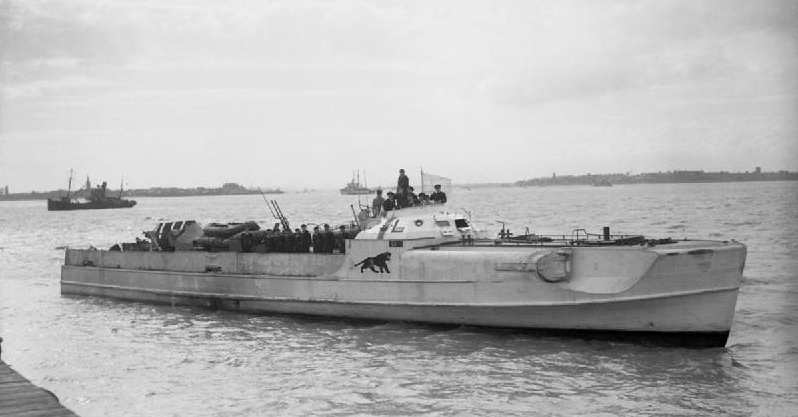Recreational divers located the located the remains of a WWII German ‘Schnellboot’ lying in forty feet of water in the Black Sea near Crimea. The Russian Military undertook initial salvage on the vessel.
The boat, S-102, was used by the Germans during WWII to attack and sink British supply ships causing the loss of thousands of tons of desperately needed supplies in war-torn Britain. The ‘Schnellboot’, or as it was known to the Allies, the E-Boat, was operated by the Kriegsmarine during the war.
The boats were 35 metres long and had a beam of a little over 5 metres. Their hull design was slim and sleek and the vessels cut through the water propelled by powerful diesel engines. It was extremely fast, having the capability of cruising at over 40 knots and accelerating to almost 50 knots. It was very well armed and was a feared hunter of the Merchant Navy.

The E-boats served with great distinction during WWII, and members of the 9th Flotilla responded out of Cherbourg to the first reports of Operation Overlord. As they were the first German assets to respond and being faced with an entire invasion fleet, they fired their torpedoes at long range and retired back to Cherbourg. Notwithstanding this episode, these vessels were responsible for the sinking of 101 merchant ships during the war along with destroyers, minesweepers, MTBs, a submarine and landing ships. Also, they caused damage to cruisers, destroyers, tugs and many merchant vessels.

S-102 carried a crew of twelve men whom experts believe went down with the vessel when it sank in 1943. Initial salvage has brought several small items, as well as the flak gun, to the surface. It is not known if the remains of the twelve sailors are still on board but until proven otherwise, this will be treated as a war grave. The wreck will be thoroughly researched by a team of military and expert researchers.
